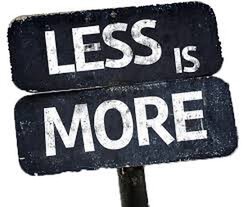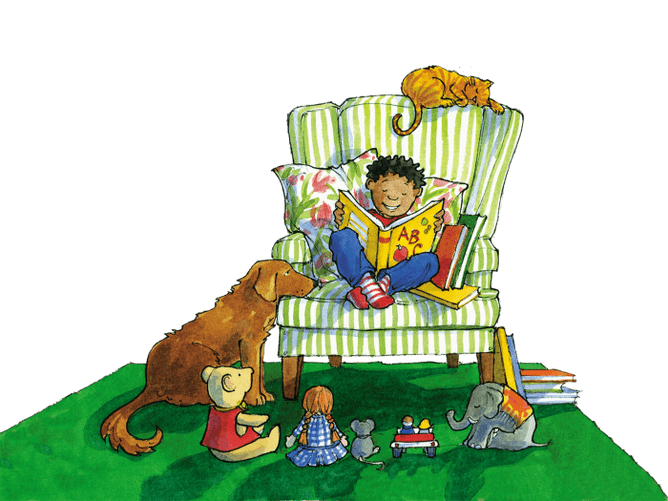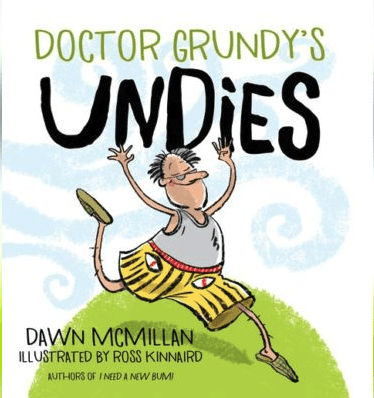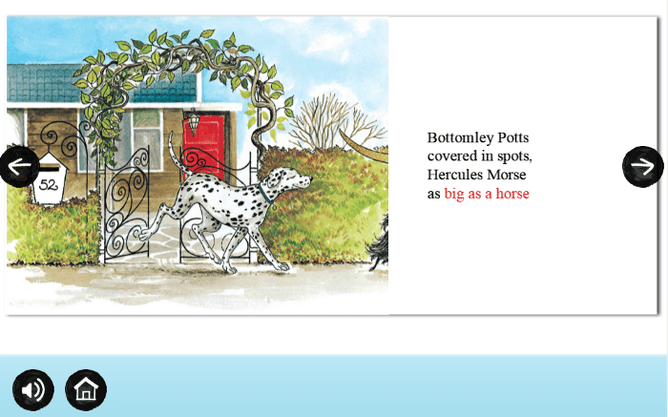Parenting is no easy feat let alone parenting a dyslexic child. Throw Covid-19 into the mix and a 4, 5,6,7,8 week lockdown and things have become somewhat crazy. Irrespective of whether or not you are parenting a dyslexic child or a non-neuro diverse learner, there is an underlying current of uncertainty for us all.
Some of us are racing around in a mad panic worried about how we will educate our children. Others are juggling working from home, parenting and running a household and some may be in oblivion choosing to let it all wash over them.
I am not so sure I have come into contact with anyone who is operating in the latter space. That of oblivion. Moreso, I observe many parents and teachers who are frantically working to come up with ways to keep things somewhat normal, and routine like, all the while keeping their own heads above the water.
Please…… SLOW DOWN.
Take a moment.
These are not normal circumstances. I don’t know about you, but I have certainly had to peg back my own working and parenting expectations during this time. I have come to realise this isn’t time to earn my supermum or business whizz badges. It is time to truly connect with my family and extended family (remotely) and to support those in my wider community from a wellbeing and support perspective. What will be will be, and what I can control, hmm, well, hasn’t that changed.
I know you want the world for your child and or students but really, is now the time to be reaching for the stars? I have observed many people clutching at all things bright, shiny and new in a bid to fill the time in this current environment.
There’s so much free stuff out there at the moment. Let’s not be fooled. Free isn’t always best. I wanted to not only encourage you to reflect on where you are at but, to also help you out with a few more key ‘go to resources’ that, yes are free, but are also very good. They are simplistic and easy to engage with. I have selected my go-to picks in the hope it might prevent you from going to materials that won’t serve you and your child well. These can all be used in an online learning platform and are somewhat relaxed and enjoyable things to use and include during in-home learning sessions.
My thoughts are that with a “Less is More” approach will likely come ….. “Less Stress”.
So today I am keeping it simple. Let’s stick to books books books. Reading to and with our children.
https://portal.flyleafpublishing.com/learners-resources/
Our dyslexic children when reading themselves and developing reading fluency should be accessing decodable texts. The link above takes you to a free online source of decodable texts. These texts follow a scope and sequence (teaching progression) that many schools and specialist educators will be using. You can match a text to the aspect of the scope and sequence you (or your child’s educator) are working on.
Children love to be read to. They love to hear their teachers and parents read aloud to them. This exposes oral language and builds vocabulary which is crucial in reading and literacy success. Our children won’t commit to their long term memory (for reading and spelling) words they haven’t previously heard. There are many options out there for listening to stories. One of my favourites is the collection on Radio New Zealand. I love the fact you can choose the listening age range. You can access them here: https://storytime.rnz.co.nz/book/doctor-grundys-undies
When we don’t have time to read to our children but want to be sure we are fostering a love of books, and exposing them to rich vocabulary, the site below is a favourite go-to. I love the way we can read along. The text highlights as it is being read. We have to click to turn the page and you can turn off the read to function and have your child read it, and or, you can read it to them. Beautiful stories, amazing voices, and stunning illustrations. There’s so much enjoyment to be had here. https://www.booktrust.org.uk/books-and-reading/have-some-fun/storybooks-and-games/
Bottom line. Please don’t fall into that ‘lift the lid and fill the bucket’ approach during this time. Less is More. Quality Less is More. Small chunks of time during learning sessions is key. We are not used to the walled environment we have found ourselves in. Like it or lump it, we are spending so much more time on a screen. This is tiring for us as adults and the same can be said for our children. Keep it real.
Go slowly. Do Less. Do it well and most of all, have fun. This is a once in a lifetime experience (fingers crossed). Make it memorable.
Our children won’t remember the activities we participated in with them, they will remember how they felt and how much fun they did or didn’t have.
Less is More. Fostering a love of language and books, and showing our children they can access reading really is achievable right now.
Take care and be safe. Carla x
WRITTEN BY
Carla is the Founder and Director of Learning MATTERS Ltd. Carla has been a successful school Principal, Mathematics Advisor and Classroom teacher.








